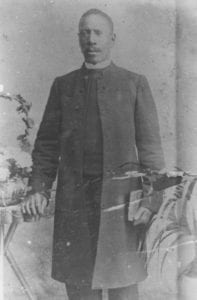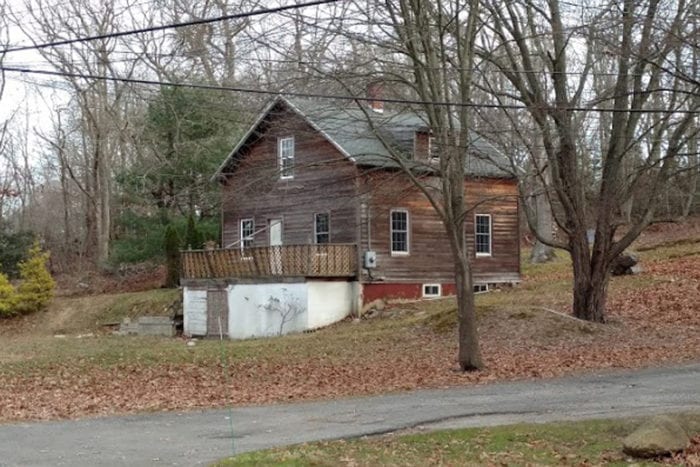By Rita J. Egan
The Eato House located in Setauket’s Bethel-Christian Avenue-Laurel Hill Historic District has a chance to be restored and put to public use. The structure that is currently owned by the Bethel African Methodist Episcopal Church in Setauket was recently added to the Society for the Preservation of Long Island Antiquities List of Endangered Historic Places.
The house was once home to the Rev. David Eato, one of the church’s first pastors, and his wife Mary Baker, a freed slave. Bethel AME historian, Carlton “Hub” Edwards, said when Mary moved to the North after being freed from slavery she settled in Port Washington where she was an organist at a church. It was there that she met Eato and, after marrying, the couple moved to Setauket and the reverend became one of the first ministers of Setauket’s Bethel AME in the early 1900s. Mary took on the role of superintendent of the Sunday school and held the position until the late 1930s.
Edwards said the members of the Eato family owned the house until the church purchased it a few years ago. The historian would like to see the structure utilized to educate people about local African-American history and the influence of the Setalcott Native Americans in the area.
“I think they should do something with it because it’s one of the oldest houses here in the historical district, and I hate to see old buildings torn down,” Edwards said.
For the past few years, the church has been working with Higher Ground Intercultural and Heritage Association, a nonprofit historical group, to have the Eato House restored, according to Robert Lewis, president of the association.
“Higher Ground has a preservation interest and an intercultural interest,” Lewis said. “There is the Native American culture and African-American culture, so we were looking to create a portion of the structure for a historic interpretation study center.”

He said the plot of land originally belonged to Richard Hawkins, who was known for setting up private sales for prospective buyers who were unable to get a loan from the bank during the Jim Crow era when African-Americans couldn’t borrow money. However, Lewis said he’s not sure if Baker had to buy the house privately from Hawkins or did obtain a loan.
Lewis said a preliminary sketch has been drawn to present to the Town of Brookhaven’s Historic District Advisory Committee, and the church had completed some work on the inside before running out of money for restoration. He said the recognition by SPLIA will help with plans to move forward.
Sarah Kautz, SPLIA preservation director, said many structures added to previous lists, which has been published every other year since 2010, have been saved and renovated. Among the success stories are the Roslyn Grist Mill and the John Coltrane Home in Dix Hills. She said the mission of the list is to raise awareness with the hope that community members will initiate conversations about what problems a structure might face and come up with ideas on how to save it.
“Each [structure] shares a broad story that is important for historic reasons, architectural reasons, and they lend an aesthetic value to communities,” Kautz said. “They’re great for tourism and a sense of place. Other than that, they really need the community to embrace them.”
Kautz said one of the reasons the home was added to the list is because it’s a significant representation of the story of African-Americans as well as freed slaves in the area.
“It’s a really important early story of home ownership of people of color, especially African-Americans in the Jim Crow era,” Kautz said. “This is before civil rights.”
She said another interesting factor is there are memories and photos that will make renovation easier.
“It has great potential to be restored,” the preservation director said. “We know a lot about it, we have a lot of photos. There is a lot of great oral history from within the community. People remember, people who spent time in the house or with their grandparents.”
She said many times buildings such as the Eato House are torn down or altered extensively, and the list can serve another purpose to those involved with older homes.
“[It shows] how homeowners and property owners can celebrate and recognize that part of their value,” Kautz said. “Rather than demolish or do inappropriate renovations that completely erase the historic character they can, instead, celebrate and recognize it.”







